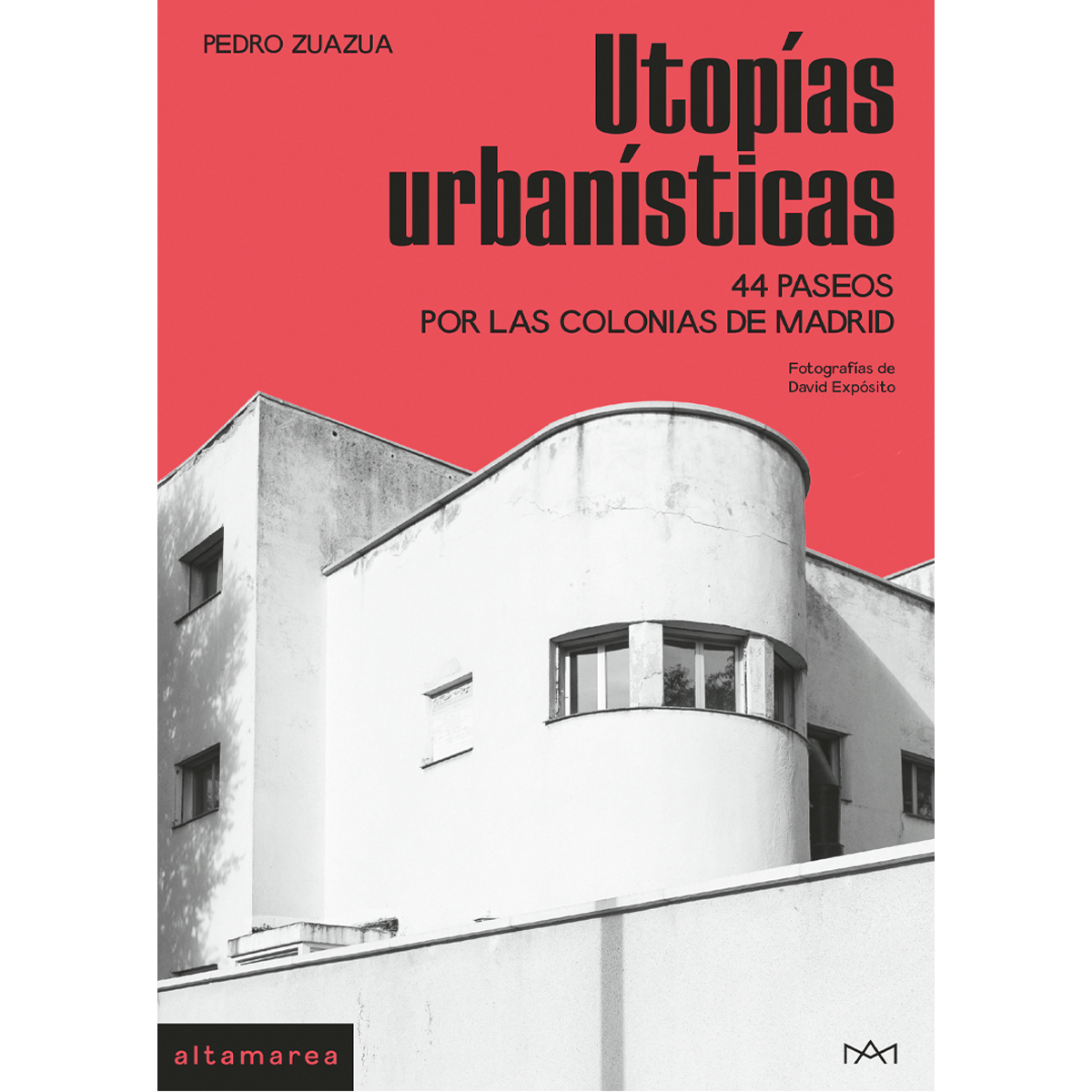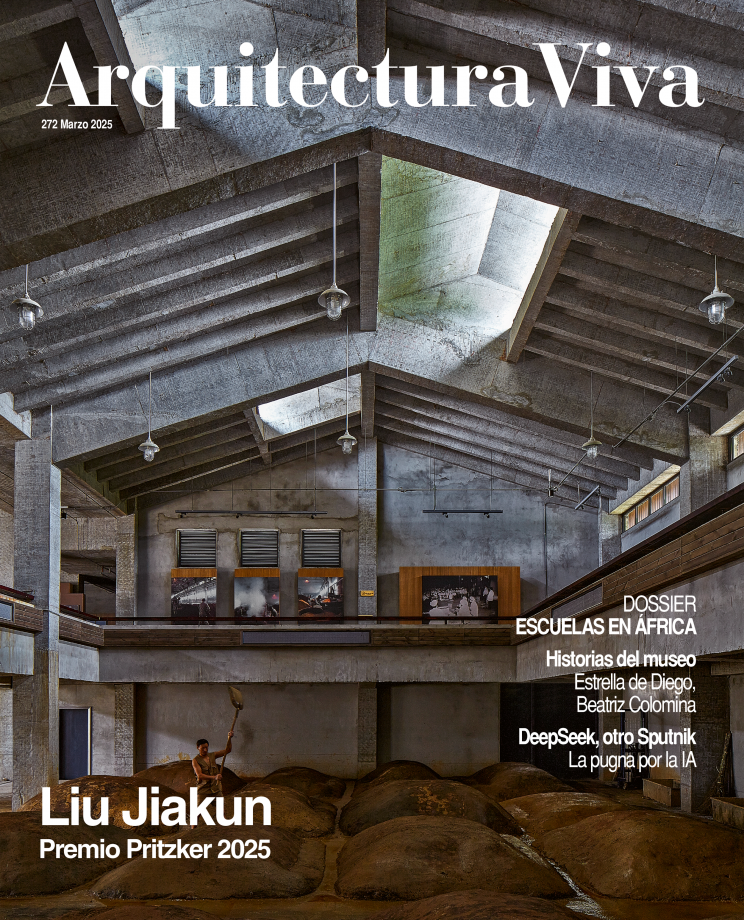
The past is destroyed, not transformed. Despite efforts to manicure the changes it is undergoing, downtown Madrid is becoming generic, a neighborhood sans neighbors where the only memory worth keeping is that which attracts tourists: walking its streets feels like any other urb, no longer like the homey villa it was. So the resigned flâneur will be happy that not far away there are places still frequented by the knife-grinder, the sidewalk melon-vendor, and debaters around benches: the colonias, true-blue Siedlungen.
On a bike during the pandemic de-escalation, Zuazua, who writes for El País, visited Colonia de la Prensa, starting a series of reports on these quarters that the newspaper ran for three years. And like his namesake Répide a century before, in the course of his excursions (one to each colonia recognized by the municipality as a singular area) he observed the landscape and the ‘folkscape,’ as a chronicler of the intrahistory of residents and their lifestyle of another tempo, not time.
Zuazua makes every article as unique as those groups of one-family dwellings built for different people and contexts. The result is a fun compilation graced by experts on the everyday, two ex-mayors, but also women recalling the Civil War, retired military officers, firemen and taxi drivers, the architect Bergamín’s granddaughter, even a dog. A true gazette of street life with photos by David Expósito, where nostalgia for what this urban dreams have lost is softened by proof that the genuine, lived-in city still exists somewhere.







